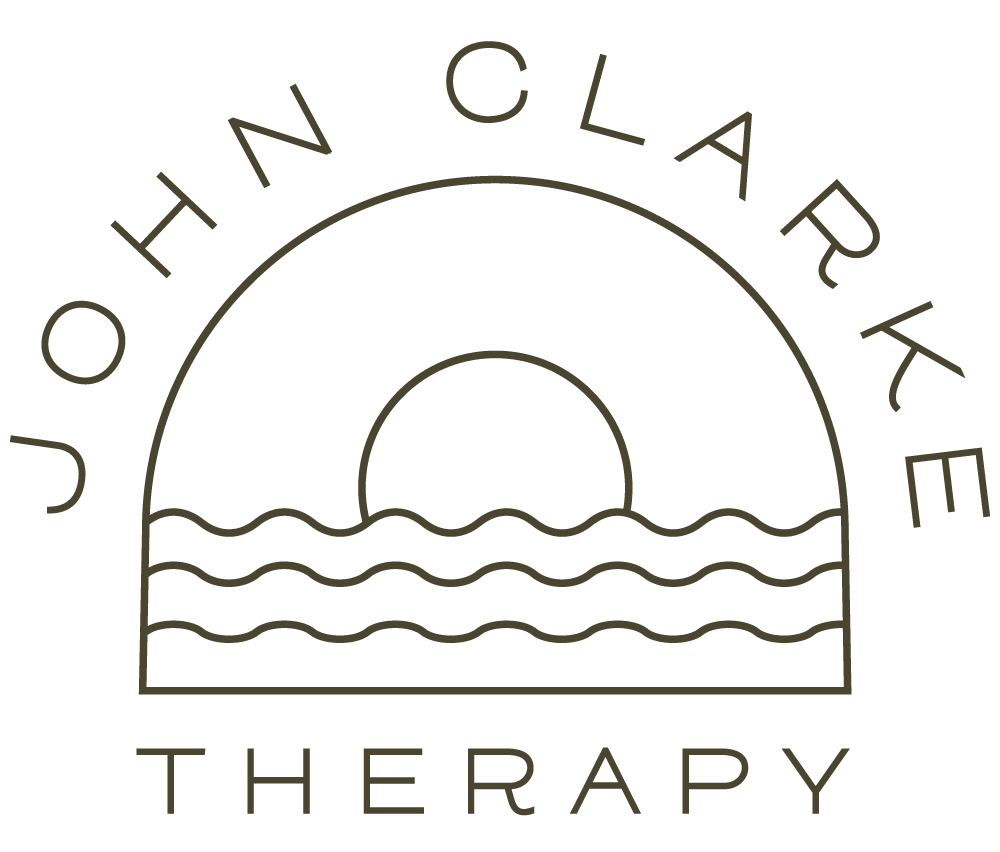The Role of Mindfulness in Trauma Recovery
Mindfulness in Trauma Recovery
Life has a way of throwing curveballs leaving us feeling disoriented and frightened. Sometimes these challenges manifest as "trauma," which casts a shadow over us, making even the simplest tasks appear daunting. It's similar to navigating through a forest without knowing how to find our path to the bright clearing.
Guess what? We all possess a superpower known as mindfulness. Think of it as a hand guiding you out of the forest one step at a time.
Mindfulness isn't about pretending everything is flawless when things get tough. It's not about disregarding our emotions or suppressing them. Instead it is simply taking a moment to observe what is happening in the moment with each breath we take than allowing our emotions to sweep us away like gusty winds. We learn to view them as passing clouds – acknowledging their presence without letting them dictate our actions.
So how does this simple practice aid in healing during hard times?
Practicing Mindfulness
Easing emotions: By observing our emotions instead of being controlled by them, their grip on us diminishes. It's akin to seeking refuge under an umbrella during rainfall. We start feeling less overwhelmed and regain a sense of control.
Understanding ourselves better: Instead of wrestling with our emotions, mindfulness lets us watch them like passing clouds. We see what makes us flinch, what sets off that alarm in our chest. And with this knowing, we can finally loosen our grip, choose our response, and breathe a little easier. It's like familiarizing ourselves with the rules of a game instead of stumbling through it
Living in the moment: Trauma can feel like a stuck record, replaying the past or fast-forwarding to anxieties. Mindfulness is the pause button, bringing us back to the present: here, where the air is still and the view, though familiar, can be appreciated with fresh eyes. Like stepping off a rollercoaster, we finally feel the ground beneath our feet, the wind on our skin, and the quiet hum of being alive.
Being kind to ourselves: Trauma can turn us into our own worst tormentors. Mindfulness offers a ceasefire, teaching us self-compassion. We stop seeing our flaws as enemies and start accepting them as parts of who we are. Like planting seeds in cracked pavement, we nurture kindness within ourselves, even when the soil feels unforgiving. With each gesture of self-forgiveness, a flower blooms, reminding us that beauty can arise even in the most barren places.
Mindfulness isn't a cure all. Rather a skill that requires practice much like learning anything new. Here are a few easy, doable ways to bring a little mindfulness into your everyday.
How To Be More Mindful
Breathe: Even dedicating a few minutes each day to focus on your breath can have a profound impact.
There are plenty of guided meditations available online, or in apps, some are even designed to be a few minutes long!
Pause. Take a breath, slow and steady. Feel your feet on the ground. Close your eyes, scan your body. Notice any spots feeling tight, like tangled knots or clenched fists? Breathe into those places.
Tense shoulders? Imagine them melting like ice cubes in a summer breeze. Stomach in knots? With each breath, picture them loosening, becoming a calm lake instead of a stormy sea.
No judgment, just awareness. Notice, breathe, let go.
Another way to practice mindfulness is by engaging in activities like yoga, tai chi or even going for a walk. Turn any movement into mindfulness. Feel the ground meet your feet with each step, breathe in time with your rhythm. Notice, connect, and simply be present in the moment.
You can also practice mindfulness in little moments of your day-to-day life, like taking the time to really enjoy your lunch and paying attention to the taste and feel of each bite. When you're listening to a friend, really listen to their words and try to sense the feelings they're expressing. Even a task like washing dishes can turn into a short meditation if you do it with care and focus.
Writing without editing or judging yourself can be incredibly powerful for processing thoughts and feelings while releasing some of their weight. Treat journaling as an opportunity to let your thoughts and emotions flow freely onto the page like a stream finding its way towards the sea.
Lastly remember that healing is not something achieved overnight; it's a journey, rather than an end goal.
There might be days when the dark clouds appear overwhelming and your inner peace may seem insignificant. However with patience and dedication the tranquil space within you, will grow stronger, becoming a refuge where you can seek solace in times of need. It's not hiding away but rather finding serenity even during challenging times much like a flower blossoming through cracks in the pavement.
Here are a few valuable resources that you might find beneficial;
The Center for Mindful Living; https://www.mindfullivingcollective.com/
The National Center for PTSD; https://www.ptsd.va.gov/
The International Association for Trauma & Dissociation; https://istss.org/home
We all encounter twists and turns that leave us feeling disoriented, unsure of the path forward. John Clarke Therapy is here to help. Contact us today for a free consultation.
May your journey towards healing be accompanied by unwavering hope, resilience and the tranquility of your mindful sanctuary. Remember that you are not alone and with each step you are drawing closer, to the peace that you truly deserve.

